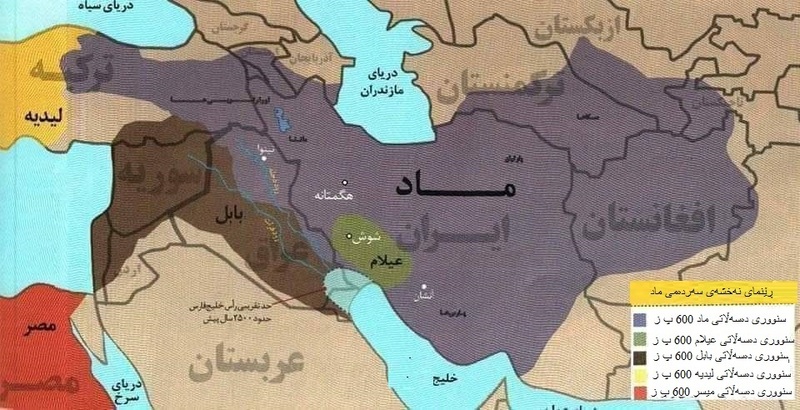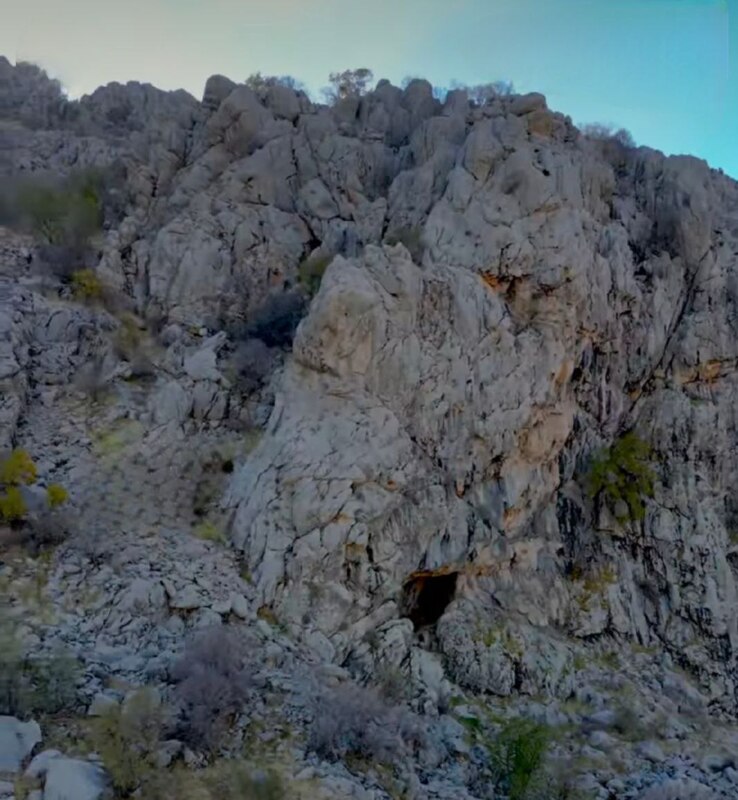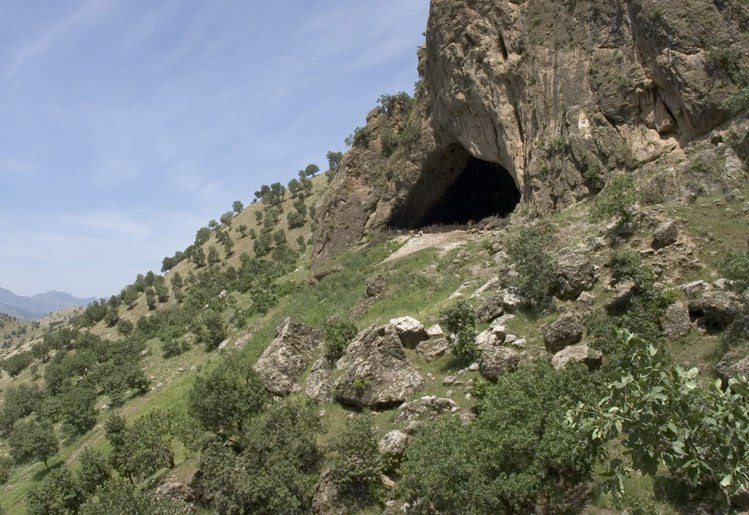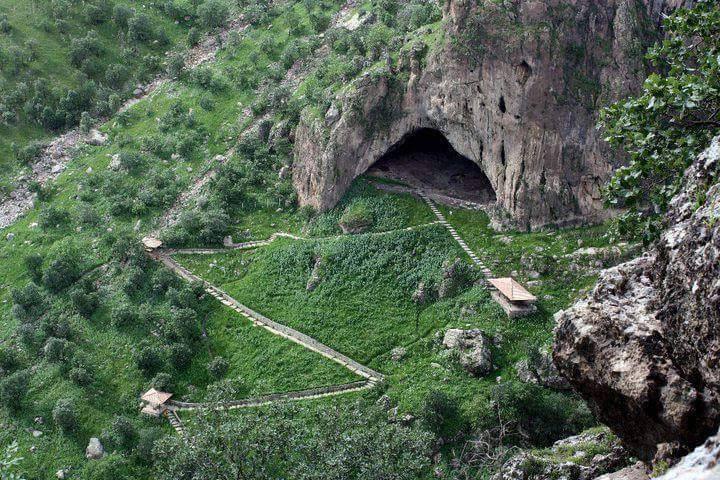The theory of being Aryans of the Kurds is one of the bold theories that has long existed in scientific centers in Iran and Kurdistan, and they have relied on the research of some orientalists that has emerged since the nineteenth century and even earlier. However, the writers of the three nations of Arabs, Turks, and Persians, among whom Kurdistan is divided, have recorded three opinions about the Kurdish race and origin in their books:
a) Arab historians and writers in the Middle Ages wrote that the Kurds were part of the Arab nation that was separated from the Arab lands due to the collapse of the Ma'arb Dam and the oppression of the rulers of Mosul. They went to the mountains and their language changed.
b) Turkish historians say that the Turkish and Kurdish origin are the same and both go back to the Turanians and the Kurds who now live in the mountains are mountain Turks and have forgotten the Turkish language.
c) Iranian historians and writers, using the writings of some European researchers and orientalists, introduce the theory of “Aryanization of Kurds and their co-origin with Persians and Iranians”, and eventually consider them as Persians or part of Persians.

However, if we look at the research in the past two centuries, two different ideas have emerged about the Kurdish language and its origin: The first is based on being Iranian of the Kurdish language and being Aryan of the Kurds. It has attracted the attention of many Iranian researchers who rely on it in their divisions. The second says that Kurds are a nation that has lived on its own territory since ancient and prehistoric times and is one of the ancient and indigenous nations of the Middle East. It says the theory of being Aryan of the Kurds and the migration of this nation to the areas where they now live is incorrect.
The first theory and opinion that the Aryan identity of the Kurds stems from the idea that the Aryans are a race superior to all other human races and spread from Europe to the world and migrated to Asia and the Iranian Plateau. The part that came to Iran settled in the Zagros Mountains and formed the Medes, while the other part went to central and southwestern Iran and formed the Persians and other Iranians. This theory became the view of some European orientalists and linguists from the second half of the nineteenth century onwards. Their ideas became European racist resources and began to describe the European race as a smart, talented, different, and better race that is superior to other human races (Edrisiyan, 2019: 402).

Sianawa Cave of Mariwan
However, in the second theory of Kurdish origin, scientists believe that the Kurds have been in Kurdistan since the beginning of their emergence and existence. They have not come or migrated from anywhere to the land they live now. They have two opinions to prove their theory:
Kurdish is neither phonetically nor grammatically equivalent to other Iranian languages known as Aryan languages. According to "Will Chefesky," " T. T. Tsukerman," "B. Miller," and " G. B. Akopoff", the Kurdish language has local roots. As we know the Kurdish language is a treasure trove of words related to "agriculture and nature" and this goes back to their place of residence and the role of the Kurdish population thousands of years ago in the discovery and invention of agriculture and agriculture. That influence on their language, culture, and lives continues to this day.
The second opinion is that the Aryans and the migration of the Aryans is a myth and did not happen and the Kurds are the original inhabitants of this land. According to the writings of Dr. Edrisiyan, some of the scholars who support this opinion with evidence include Spicer, Gordon Childe, J. N. Marr, Lassen, Carl Ritter, and Ernest Renan.

Shanadar Cave
To prove the second opinion, we can rely on archaeologists who say that Mesopotamia and the Zagros Mountains have not been empty since the Stone Age and humans lived in different stages of early life, especially in the Stone Age in some caves in Kurdistan. The most important Stone Age remains have been found in parts of Mesopotamia and the Central Zagros. So far, 14 Stone Age sites have been discovered in this region, most of which are located in the western Zagros Mountains and the Kurdistan Region. The cave remains of Erbil, Suleimani, Urmia, Sna, Kermashan, and Lorestan provinces have provided much new evidence on archeology and the ancient history of the world. Therefore, scientists in this field by introducing the remains and ancient bones of early humans in Kurdistan caves, two stages of early human life in the Stone Age named after two places in Kurdistan, namely the stage "Bradostiyan" and the stage "Zarziyan". Shanadar Cave is one of the caves where many Stone Age remains have been found. This cave is the most important and famous monument in Kurdistan. Many layers of rock have been excavated inside the cave and many remains of the Stone Age have been found (Talayi, 2011: 60-61). The ancient region of Shanadar is one of the most famous ancient sites of the Stone Age not only in Kurdistan and Eastern Mesopotamia but also in West Asia (Talai, 2011: 24).
After that period, until the centuries of prehistory and later, history testifies that Kurdistan has never been empty and Kurds have lived on their land since ancient times and were not nomads and lived on their land thousands of years before the arrival of the Aryans. For thousands of years, it has resisted the invaders and protected its land, culture, and traditions. Today, it is one of the oldest and most living nations in the world and unfortunately, it is subjugated by enemies and invaders.
-Dr. Edrisiyan, Edrisiyan, Gholam Ali (2019). "Kurds and Kurdistan in Prehistoric Millennia and Ancient Testament", Sardam Publishing House, Second Edition, Sulaimani, p 402.
-According to Dr. Edrisiyan, Haman.
-Talayi, Hassan (2011). "Prehistoric Iran: Stone Copper Age", Samt Publishing House, First Edition, Tehran, p. 60-61
-Haman, 24








